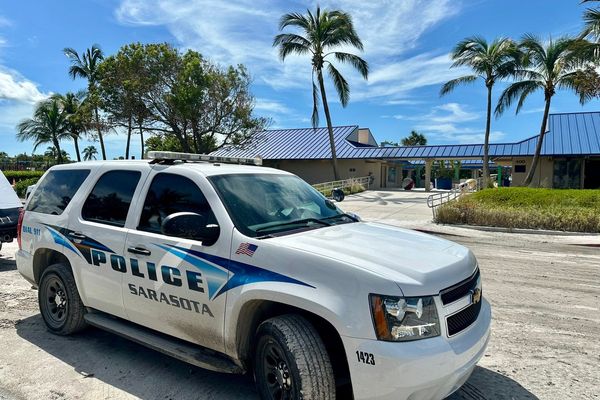India aspires to have a permanent presence, more research stations and establish satellite ground stations in the Arctic region, suggests a perusal of its ‘Arctic Policy’ document that was officially unveiled last week.
India presently has a single station, Himadri, in Ny-Alesund, Svalbard, a Norwegian archipelago, where research personnel are usually present for 180 days. India is in the process of procuring an ice-breaker research vessel that can navigate the region.
Through its existing network of satellites, India aspires to capture more detailed images to “assist in the development of the Arctic region.”
The Arctic has eight states— Canada, Denmark, Finland, Norway, Iceland, Russia, Sweden and the United States — that comprise the Arctic Council. It is home to about 4 million, a tenth of them being indigenous tribes. India has had a research base in the region since 2008 and also has two observatories.
Arctic weather influences the Indian monsoon and hence has been of interest to Indian researchers for decades. Climate change and the melting of ice caps imply changes to the Arctic weather.
India has so far sent 13 expeditions to the Arctic since 2007 and runs 23 active science projects. About 25 institutes and universities are currently involved in Arctic research in India and close to a hundred peer-reviewed papers have been published on Arctic issues since 2007, the Ministry of Science and Technology said in a statement.
Arctic Council
It has the status of ‘Observer’ member — 12 other countries have such a status — in the Arctic Council and participates in several meetings that are mostly themed around research.
Beyond science, India also expects business opportunities.
“Explore opportunities for responsible exploration of natural resources and minerals in the Arctic...identify opportunities for investment in Arctic infrastructure such as offshore exploration, mining, ports, railways, information technology and airports. It also expects Indian private industry to invest in the establishment and improvement of such infrastructure,” says the document.







